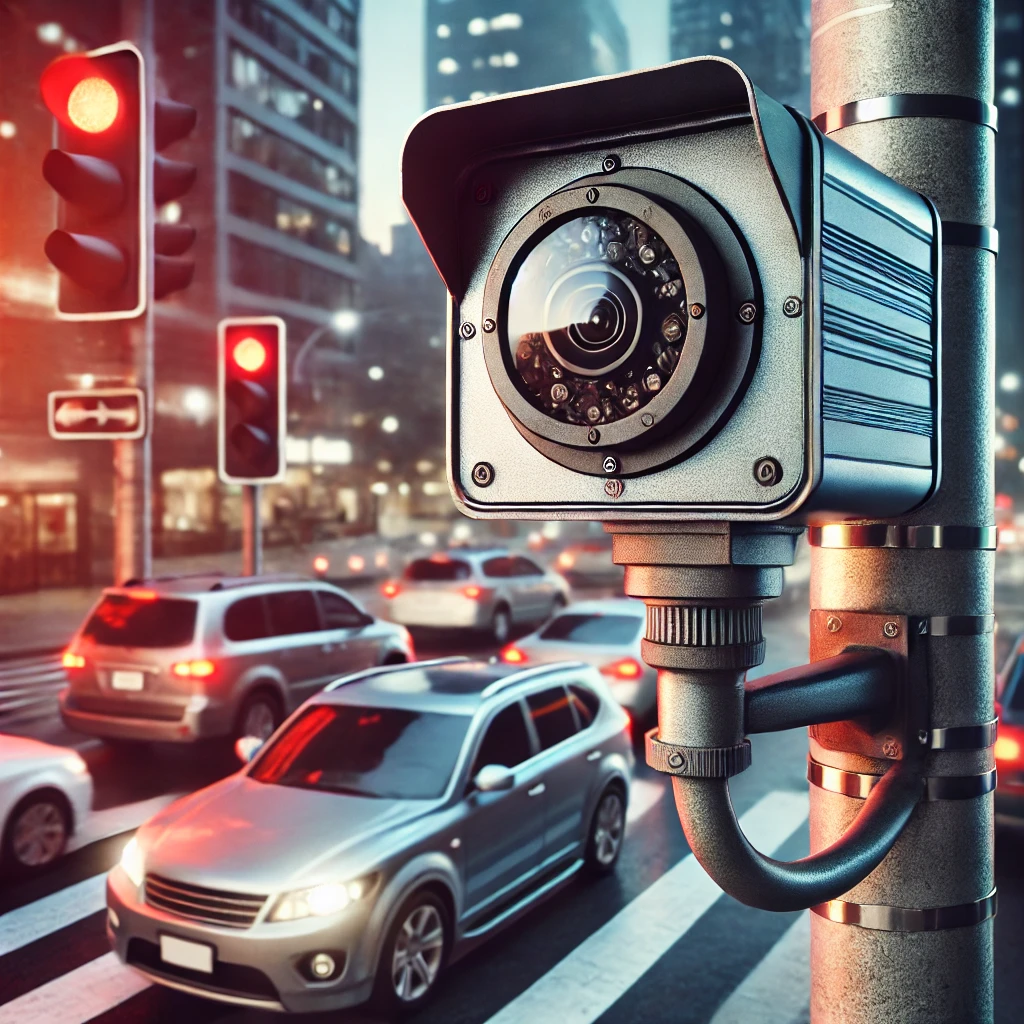S101 DeSoto Red Light Camera: Spearheading Traffic Safety Innovations
Introduction to S101 DeSoto Red Light Camera
In an age where road safety is more crucial than ever, innovative technology are stepping up to make our streets safer. Among these advancements, the S101 DeSoto red light camera stands out as a beacon of innovation designed to curb the perilous trend of red lights violations.
Decoding the S101 DeSoto Red Light Camera: What Makes It Stand Out?
The S101 DeSoto red light cameras isn’t just another traffic management tool; it represents a significant leap in automated traffic control technology. Employed at intersections to monitor and record vehicles that run red lights, this system combines sophisticated software with robust hardware to improve compliance with traffic signals.
Important Options that come with the S101 DeSoto Red Gentle Camera
The S101 DeSoto boasts a range of features that differentiate it from traditional traffic cameras:
- High-resolution imaging that captures clear vehicle details, even in low-light conditions.
- Real-time processing capabilities which allow for immediate action on violations.
- Adaptive algorithms that adjust to changes in traffic flow and lighting conditions.
Operational Mechanics: How the S101 DeSoto Red Light Camera Ensures Compliance
Navigating Through the Lens: Working Dynamics of the S101 DeSoto Red Light Camera
At its core, the S101 DeSoto utilizes sensors and cameras to detect when a vehicle enters an intersection against a red traffic signal. The camera then snaps photographs and records video footage of the violating vehicle’s front license plate and the driver.
Advantages of Integrating the S101 DeSoto in Traffic Systems
Implementing the S101 DeSoto offers several benefits:
- Enhanced safety at intersections, leading to fewer accidents.
- Deterrence effect, reducing the frequency of red light running.
- Automated law enforcement, freeing up police resources for other critical tasks.
Addressing the Hurdles: Challenges and Debates Surrounding the S101 DeSoto
Controversies and Public Perception
Despite its benefits, the S101 DeSoto system has sparked debates concerning privacy and the potential for increased rear-end collisions as drivers stop abruptly to avoid tickets.
Navigating Through Legal and Ethical Waters
Legal frameworks vary by location, affecting how data from red light cameras can be used, raising ethical questions about surveillance and the right to privacy.
Behavioral Impact: The S101 DeSoto’s Influence on Drivers
Altering Road Behaviors: A Closer Look at the Impact
Studies indicate that the presence of red light cameras like the S101 DeSoto can significantly alter driver behavior, promoting more cautious driving and increased adherence to traffic laws.
On the Horizon: What’s Next for the S101 DeSoto?
Emerging Trends and Future Enhancements
Future iterations of the S101 DeSoto may incorporate AI to predict violations before they occur, and integration with smart city infrastructures for a more cohesive approach to traffic management.
Pro Tips: Maximizing the Effectiveness of S101 DeSoto Red Light Camera
Best Practices for Implementing the S101 DeSoto Red Light Camera
For municipalities considering the S101 DeSoto, key recommendations include:
- Strategic placement at high-risk intersections.
- Public awareness campaigns to educate drivers about the system and its intent.
- Regular assessments to ensure the system is achieving its safety goals.
Conclusion
The S101 DeSoto red lights camera system marks a significant step forward in traffic safety technology. As we move forward, it’s imperative to balance innovation with ethical considerations, ensuring that road safety enhancements continue to align with public values and legal standards.
FAQS
1.What sets the S101 DeSoto red light cameras apart from other traffic cameras?
The S101 DeSoto features high-resolution imaging, real-time processing, and adaptive algorithms that enhance its effectiveness in traffic law enforcement.
2.How does the S101 DeSoto improve safety at intersections?
By deterring red light violations, the S101 DeSoto reduces accidents and enhances overall safety at critical intersections.
3.Are there any privacy concerns with the S101 DeSoto red light cameras?
Yes, the camera raises privacy issues due to its capability to record vehicles and drivers, which has led to public debates on surveillance ethics.
4.What future developments are expected for the S101 DeSoto system?
Future enhancements may include AI integration for predictive analytics and better integration with smart city infrastructures.
5.How can municipalities maximize the effectiveness of the S101 DeSoto?
Effective strategies include strategic placement at high-risk intersections, public awareness initiatives, and regular performance assessments.






Post Comment